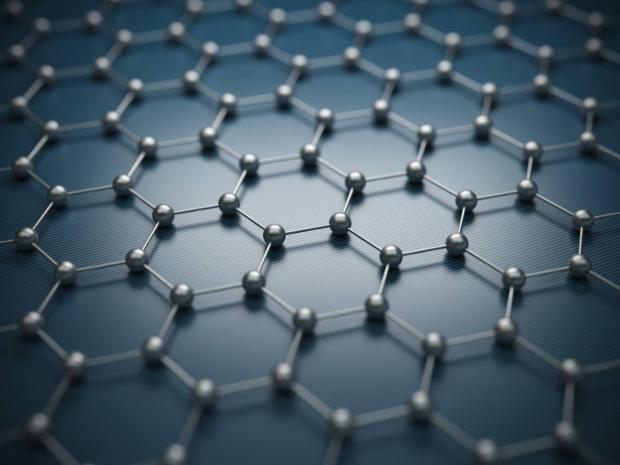
Breaking News
 Wash Post Editorial Board Turns Against Climate Agenda?!
Wash Post Editorial Board Turns Against Climate Agenda?!
 One Year Ago I Predicted and Described in Detail Huge Mars AI Plans that Elon Musk Confirmed...
One Year Ago I Predicted and Described in Detail Huge Mars AI Plans that Elon Musk Confirmed...
 British Teachers To "Spot Misogyny" In Boys And Target Them For Reeducation
British Teachers To "Spot Misogyny" In Boys And Target Them For Reeducation
 Democrats Refuse To Release Post-Mortem Of 2024 Election Loss, DNC Chair Says
Democrats Refuse To Release Post-Mortem Of 2024 Election Loss, DNC Chair Says
Top Tech News
 This tiny dev board is packed with features for ambitious makers
This tiny dev board is packed with features for ambitious makers
 Scientists Discover Gel to Regrow Tooth Enamel
Scientists Discover Gel to Regrow Tooth Enamel
 Vitamin C and Dandelion Root Killing Cancer Cells -- as Former CDC Director Calls for COVID-19...
Vitamin C and Dandelion Root Killing Cancer Cells -- as Former CDC Director Calls for COVID-19...
 Galactic Brain: US firm plans space-based data centers, power grid to challenge China
Galactic Brain: US firm plans space-based data centers, power grid to challenge China
 A microbial cleanup for glyphosate just earned a patent. Here's why that matters
A microbial cleanup for glyphosate just earned a patent. Here's why that matters
 Japan Breaks Internet Speed Record with 5 Million Times Faster Data Transfer
Japan Breaks Internet Speed Record with 5 Million Times Faster Data Transfer
 Advanced Propulsion Resources Part 1 of 2
Advanced Propulsion Resources Part 1 of 2
 PulsarFusion a forward-thinking UK aerospace company, is pushing the boundaries of space travel...
PulsarFusion a forward-thinking UK aerospace company, is pushing the boundaries of space travel...
 Dinky little laser box throws big-screen entertainment from inches away
Dinky little laser box throws big-screen entertainment from inches away
 'World's first' sodium-ion flashlight shines bright even at -40 ºF
'World's first' sodium-ion flashlight shines bright even at -40 ºF
60 Uses and Applications of Graphene – Nanografi

To begin exploring the applications and uses of graphene, it's important to understand what is graphene. Graphene is a material composed of pure carbon, similar to graphite but with unique characteristics that make it extraordinarily light and strong. It's a single layer of carbon atoms arranged in a hexagonal lattice pattern, which gives it remarkable properties that have captured the attention of scientists and industry professionals alike. A sheet of one square meter of graphene weighs 0.77 milligrams. Its strength is 200 times greater than that of steel and its density is similar to that of carbon fiber. All these make it resist high bending forces without breaking. It is one of the most conductive materials for electricity and heat, which makes it the perfect material for electronics and many other industries. For many experts, graphene is the material of the future. Its scientific definition and possible application areas can be considered somewhat complex, but the truth is that the properties of this material open a new horizon in the world of technology.
Nanografi presents top-quality graphene solutions and research area for enhanced projects, productions, and technology. In this blog, you can profoundly explore the present and the potential uses and applications of graphene.
Introduction
Its applications are virtually unlimited and promise to revolutionize many fields: from electronics and computing to construction or even health. You can find nearly all applications and uses of graphene in this list – some already commercialized, some need years to materialize.
Guide to 60 Uses and Applications of Graphene
Graphene's Applications in Energy Industry: Items 1-6
Graphene's Applications in Medicine: Items 7-22
Graphene's Applications in Electronics: Items 23-34
Graphene's Applications in Food Industry: Items 35-39
Graphene's Applications in Sports: Items 40-45
Other Applications of Graphene: Items 46-60
Uses and Applications of Graphene
Graphene has a wide range of potential applications and uses due to its exceptional mechanical, electrical, and thermal properties. It is used in electronics, energy storage, sensors, coatings, composites, biomedical devices and many other. Its high surface area and biocompatibility make it an attractive material for drug delivery and tissue engineering applications. Graphene's unique properties make it a promising material for many future technologies.



